Best 3D Printer Manufacturers In USA
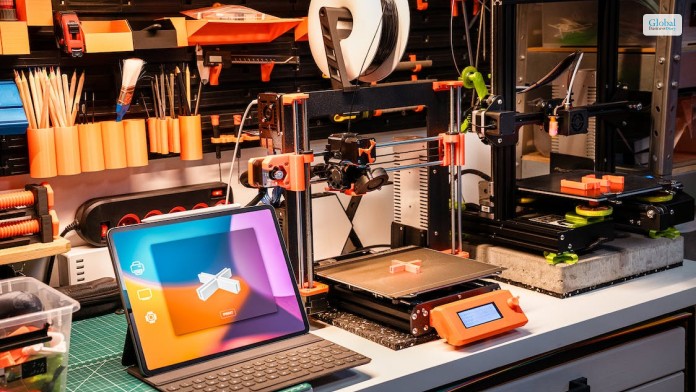
Do you want to know about the best 3D printer manufacturers in USA in 2024? If yes, you must read this article till the end to get complete insight into it. There are numerous 3D printer manufacturers in the USA who can deliver quality products.
Choosing the top 3D printer manufacturers depends heavily on your needs and budget. However, here are some of the most respected and renowned names in the industry, catering to various audiences and purposes.
You need to understand the facts that can help you search for the best 3D printer manufacturers in the USA. Although, selecting the best manufacturers out of the many is a challenging task. Try to ensure that you select the best companies from your end. However, you need to keep a track of the consignment.
Best 3D Printer Manufacturers In USA
There are several 3D printer manufacturers in the USA that can offer you the best deals to meet your needs. You need to explore the market and its needs to have a clear idea about it. Once you follow the right method, things can become easier for you in the long run. You must ensure that you do not make things too complex for your counterpart.
1. Stratasys
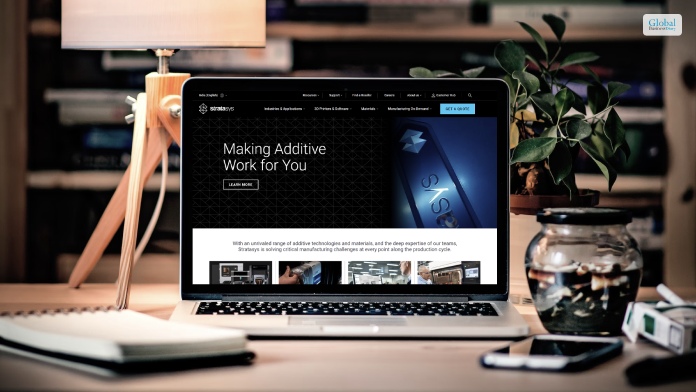
Stratasys is a global leader in 3D printing and additive manufacturing technologies. The company was founded in 1989 and has since been at the forefront of developing and producing 3D printing systems.
They offer a wide range of 3D printing solutions for various industries, including aerospace, automotive, healthcare, and consumer goods. Their product lineup includes industrial 3D printers, materials, and software.
This company is one of the leading 3D printer manufacturers in USA. Stratasys employs various 3D printing technologies, including Fused Deposition Modeling (FDM), PolyJet, and stereolithography (SLA). Each technology has its unique applications and advantages.
They offer a diverse range of 3D printing materials, including thermoplastics, photopolymers, and composite materials. Thus allowing users to print functional prototypes and end-use parts.
2. 3D Systems
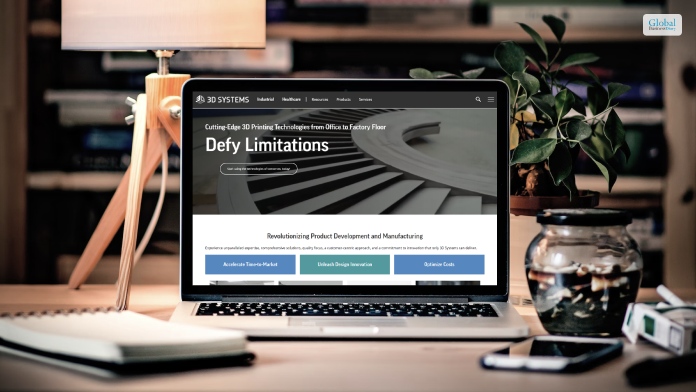
3D Systems is a well-established company in the 3D printing industry, known for providing a variety of additive manufacturing solutions. Founded in 1986, 3D Systems is one of the pioneers in the 3D printing industry. They are playing a significant role in the development and commercialization of various 3D printing technologies.
The company provides a diverse portfolio of 3D printers, materials, software, and on-demand manufacturing services. Their products cater to industries such as healthcare, aerospace, automotive, and consumer goods. Additionally, you need to consider Free alongside ship.
3D Systems offers a range of 3D printing technologies. It includes Stereolithography (SLA), Selective Laser Sintering (SLS), MultiJet Printing (MJP), ColorJet Printing (CJP), and Direct Metal Printing (DMP).
The company provides a diverse portfolio of 3D printers, materials, software, and on-demand manufacturing services. Their products cater to industries such as healthcare, aerospace, automotive, and consumer goods.
3. Ultimaker
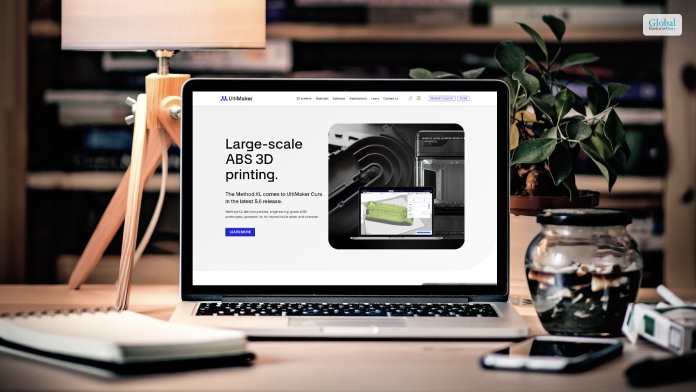
Ultimaker is a Dutch company that was founded in 2011. It has become a leading manufacturer of desktop 3D printers, catering to both professional and enthusiast markets.
This organization is known for its line of reliable and versatile desktop 3D printers. Some of its popular models include the Ultimaker S3, Ultimaker S5, and Ultimaker 2+. However, they are the best in the business as per the current market needs.
This company maintains a strong commitment to the open-source philosophy. The design files and software for their printers are open to the community, fostering collaboration and innovation.
Ultimaker has a vibrant and active user community. Users often share tips, modifications, and 3D printing projects on forums and social media platforms. You must not make things too complex from your end. Cura is widely used in the 3D printing community and supports a variety of 3D printers.
4. Makerbot
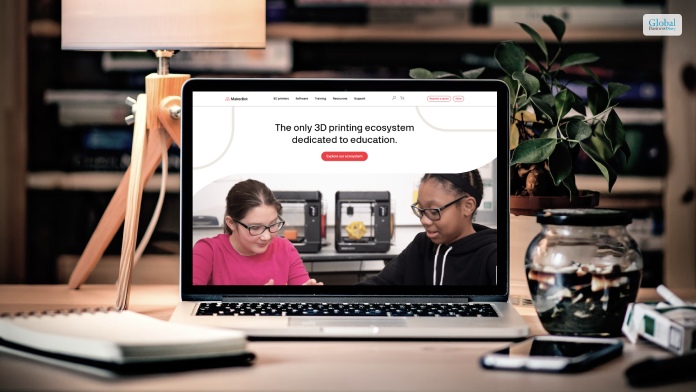
MakerBot was founded in 2009 and is headquartered in Brooklyn, New York. It gained prominence as one of the early pioneers in the consumer and desktop 3D printing market. However, you have to consider the transportation expenses as well.
This company is known for its line of desktop 3D printers, designed for use in educational, professional, and personal settings. Some of its popular models include the MakerBot Replicator and MakerBot METHOD series. Although the challenges are huge, you need to be well aware of it.
MakerBot has used a modular approach with features such as the Smart Extruder. It allows for easy maintenance and replacement of components for uninterrupted 3D printing. Select the best 3D printer manufacturer in the USA that can make things easier for you.
The company has developed educational programs and resources to integrate 3D printing into the classroom. Once you follow the correct process, things can become easier for you. Although, its services can vary as per the customer’s requirements from time to time.
5. Prusa Research
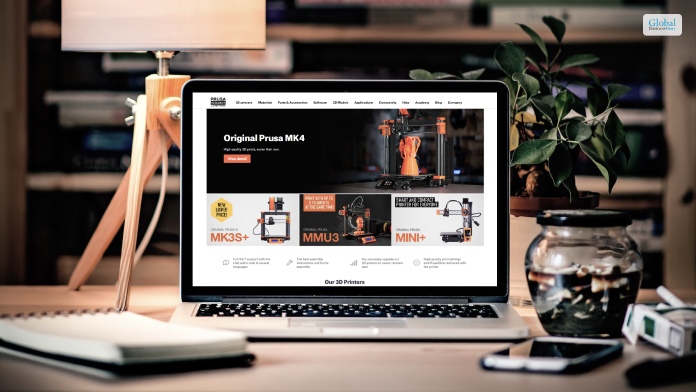
Prusa Research is a well-known company in the 3D printing industry. It is recognized for its open-source approach and the development of the Prusa line of 3D printers. Prusa Research was founded by Josef Průša, a Czech inventor and entrepreneur. The company is based in Prague, Czech Republic.
Prusa Research is notable for its commitment to open-source principles. The designs for its 3D printers, such as the Prusa i3, are open to the public. This openness has fostered a strong community around Prusa 3D printers, encouraging collaboration and innovation.
The Prusa i3 is one of the most popular and widely used 3D printer designs in the world. It is known for its reliability, ease of use, and continuous improvements. Prusa Research has released various iterations of the Prusa i3, including the MK2, MK3, and MK4.
Prusa 3D printers are often praised for their print quality, accuracy, and consistency. The company places a strong emphasis on producing high-quality 3D prints.
6. Formlabs
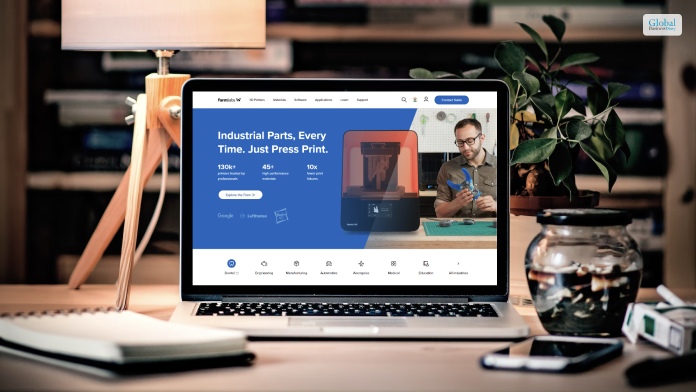
Formlabs was founded in 2011 by a team of engineers and designers, including Max Lobovsky, David Cranor, and Natan Linder. The company is based in Somerville, Massachusetts.
Formlabs is known for its desktop SLA 3D printers, which use a laser to cure liquid resin layer by layer to create precise and detailed 3D prints. The SLA technology allows for high-resolution printing suitable for various applications, including prototyping, product development, and dental applications.
Formlabs has released several iterations of its desktop SLA 3D printers, including the Form 1, Form 2, and Form 3 series. Each iteration has brought improvements in terms of printing capabilities, reliability, and user experience.
In addition to SLA technology, Formlabs has expanded its product line with the Fuse 1, a selective laser sintering (SLS) 3D printer. SLS allows for the use of a broader range of materials, including nylon-based powders.
7. Markforged
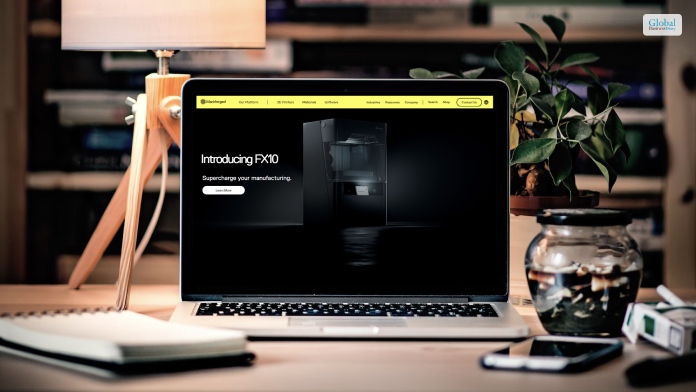
Markforged was founded in 2013 by Gregory Mark, a mechanical engineer. The company is headquartered in Watertown, Massachusetts. Furthermore, you need to cross-check the periodic inventory system as well.
This company specializes in composite 3D printing, a process that involves reinforcing printed parts with continuous fibers such as carbon fiber, Kevlar, and fiberglass. This allows for the creation of strong and durable composite parts.
Markforged offers a range of industrial-grade 3D printers, including the Mark Two, Mark X, and the Metal X. These printers are best for engineering and manufacturing applications, enabling the production of high-strength functional parts.
Markforged’s technology’s utilization in various industries for applications requiring strong and lightweight parts. This includes aerospace, automotive, defense, and manufacturing.
8. Raise 3D
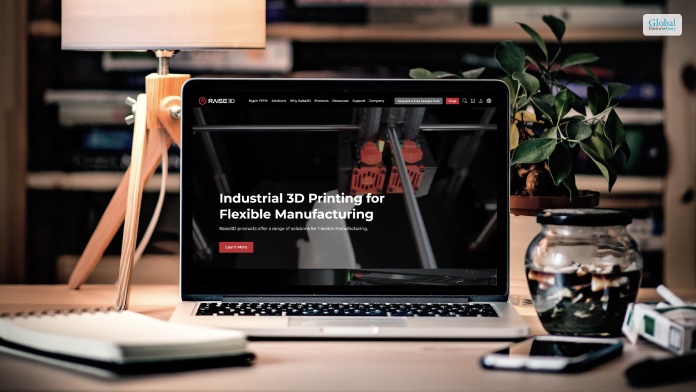
Raise3D offers a variety of 3D printers designed for different user needs. Some of their popular models include the Raise3D Pro2 series, the N series, and the E2 series.
This company is a 3D printer manufacturer with a focus on providing solutions for a range of applications, including prototyping, product development, and small-scale production.
Raise3D printers are famous for their generous build volumes, providing users with ample space to create larger or multiple parts in a single print job. You should get through the complete solution that can make things lucid for you.
The company emphasizes user-friendly interfaces and features to make the 3D printing process more accessible. This includes touchscreen displays and connectivity options.
9. Lulzbot
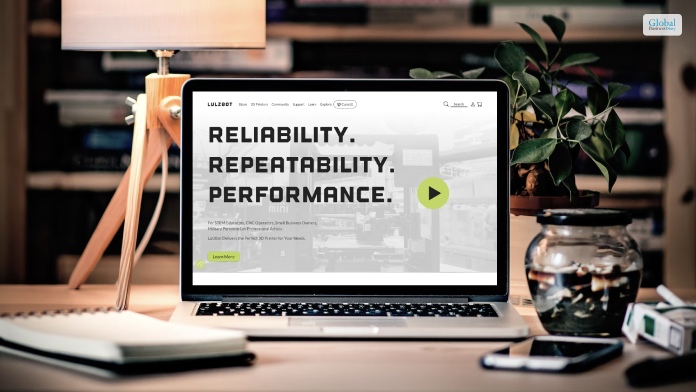
LulzBot is a product line of Aleph Objects, Inc., an American company headquartered in Loveland, Colorado. Aleph Objects is best for its commitment to the open-source philosophy in the 3D printing community.
LulzBot is best for its dedication to open-source hardware and software. The designs for their 3D printers are open and freely available, encouraging collaboration and innovation within the 3D printing community.
The LulzBot TAZ series consists of desktop 3D printers designed for a wide range of users, including enthusiasts, professionals, and educators. The TAZ series is a specialty because of its large build volume, versatility, and reliability.
The Mini series designs are for users who may have space constraints but still want the benefits of a reliable 3D printer. LulzBot also offers the LulzBot Mini series, which is a more compact desktop 3D printer.
10. Anycubic
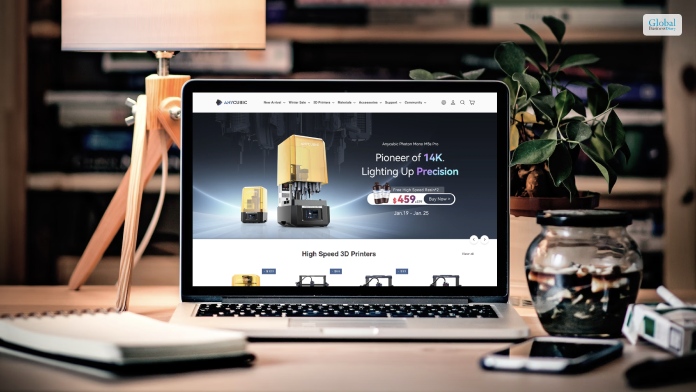
Anycubic is a 3D printer manufacturer based in Shenzhen, China. The company has gained popularity for providing accessible and budget-friendly 3D printing solutions.
Anycubic offers a range of 3D printers catering to different user needs. Some of their popular models include the Anycubic i3 Mega, Anycubic Photon, Anycubic Chiron, and others.
They produce both Fused Deposition Modeling (FDM) and resin-based 3D printers. The FDM printers are famous for their ease of use and affordability. Meanwhile, resin printers, such as the Photon series, provide high-resolution prints suitable for detailed models.
Some Anycubic models, like the Anycubic Chiron, can offer a large build volume, allowing users to create larger 3D prints.
What Is The Growth Potential Of 3D Printer Manufacturers In The USA?
The growth potential for the 3D printer manufacturers in the USA is huge. You cannot negate the facts from your end. Some of the key reasons that you must know from your end are as follows-
1. Technological Advancements
Continued advancements in 3D printing technologies, such as faster printing speeds, increased material options, and improved precision. This can drive growth by expanding the range of applications and industries that can benefit from 3D printing.
2. Increased Adoption In Manufacturing
As 3D printing technology matures, manufacturers may increasingly adopt it for production purposes. This could lead to growth in demand for industrial-grade 3D printers capable of producing functional, end-use parts.
3. Customization & Personalization
The ability of 3D printers to create customization and personalization is a key driver for growth. This is particularly true in industries like healthcare (custom implants), consumer goods, and aerospace.
4. Supply Chain Resilience
The concept of distributed manufacturing using 3D printing can enhance supply chain resilience by allowing for local or on-demand production. This aspect gained importance, especially during global disruptions like the COVID-19 pandemic.
5. Education & Training
Increased emphasis on education and training programs related to 3D printing can lead to greater awareness and adoption. Educational institutions and businesses investing in 3D printing technology may contribute to market growth.
What Are The Challenges For 3D Printer Manufacturers In The USA?
There are several challenges with the 3D printer manufacturers in the USA. You need to be well aware of it while commencing your business in this country. Some of the core challenges that you need to take care of here are as follows:-
- The 3D printing industry is highly competitive, with numerous manufacturers vying for market share.
- Staying at the forefront of innovation may require continuous investment in research and development.
- The cost of 3D printing materials, especially for high-performance materials, is a significant factor influencing production costs.
- Protecting intellectual property, including patent technologies and designs, is a challenge in the 3D printing industry.
- Compliance with various regulations and standards, especially in industries like healthcare and aerospace, can be complex.
- Like other industries, 3D printer manufacturers can be vulnerable to supply chain disruptions.
Addressing these challenges requires strategic planning investment in research and development. Collaboration with industry partners and a proactive approach to adapting to market dynamics and technological advancements.
Final Take Away
Hence, these are some of the top-quality companies that produce quality 3D printers for their customers. These 3D printer manufacturers in the USA can offer you a quality solution at a specific point in time.
You make your comments in the comment box. It will help us to know your take on this matter. Once you follow the best process, things can become simpler for you in the long run. Try to maintain the process with ease.
Before making a purchase, consider your specific needs, such as print volume, materials compatibility, and your budget. Additionally, check for the latest models and reviews to ensure that you are getting the most up-to-date information.
Find More Business Related Articles By Clicking Below!!













